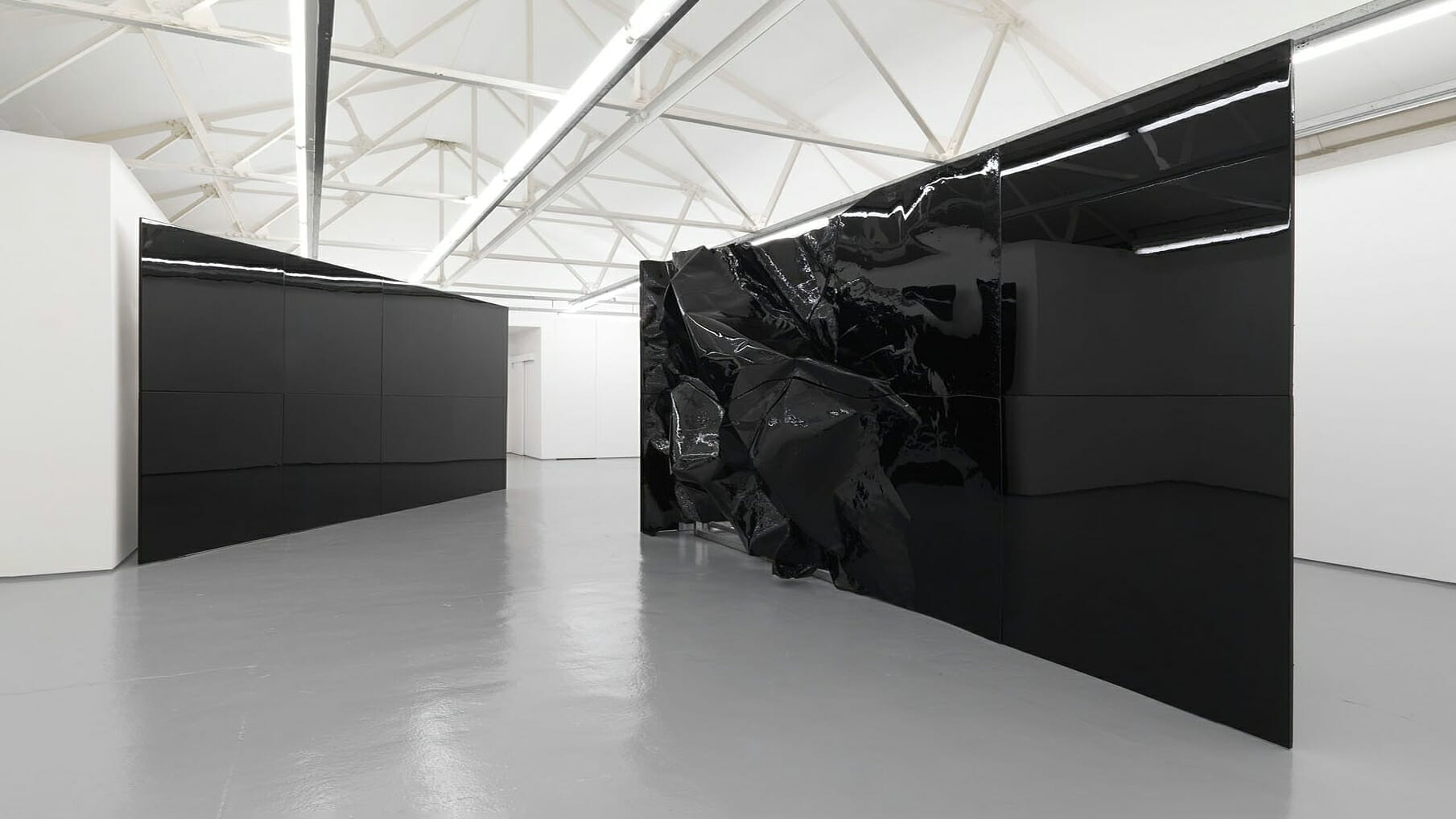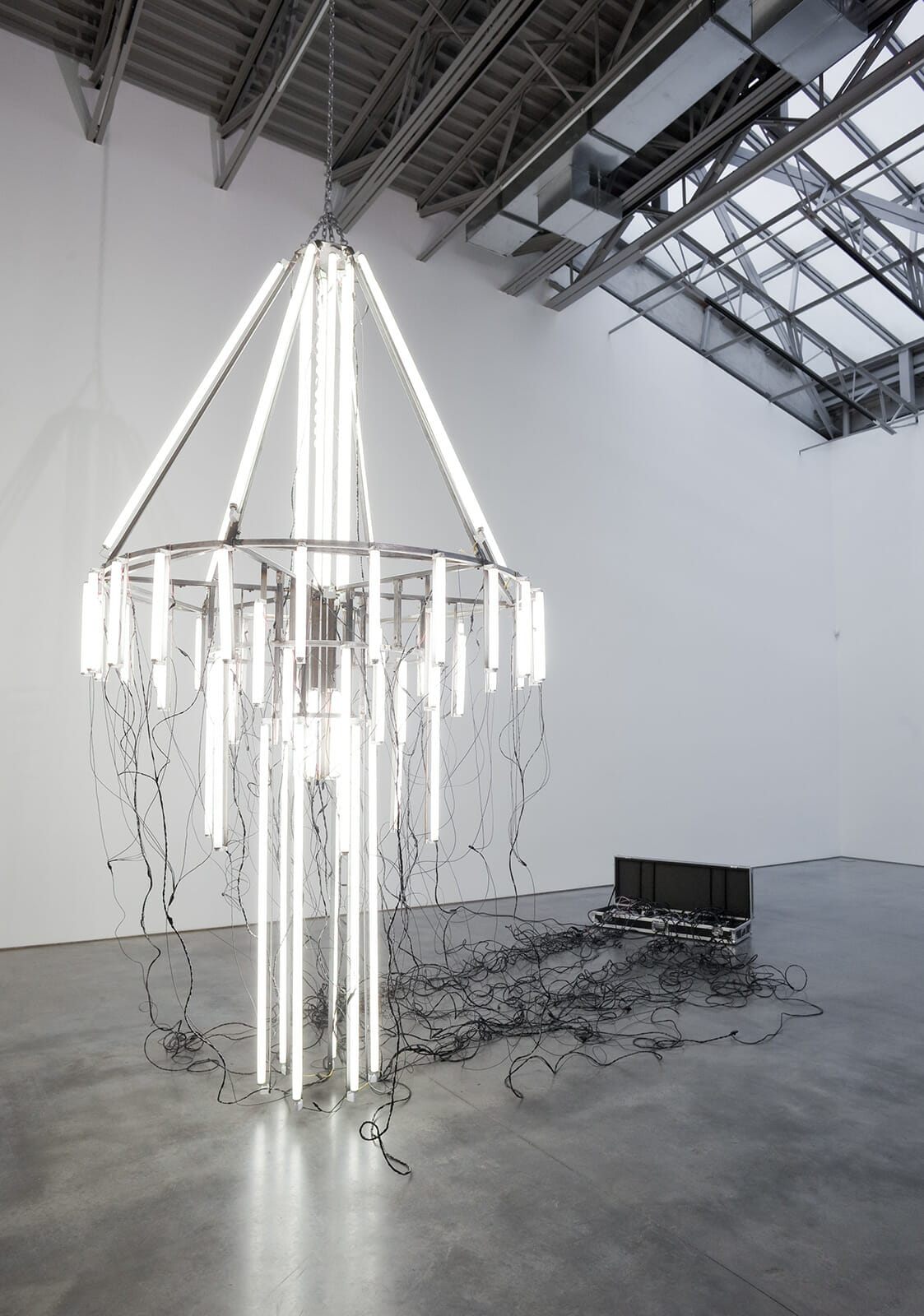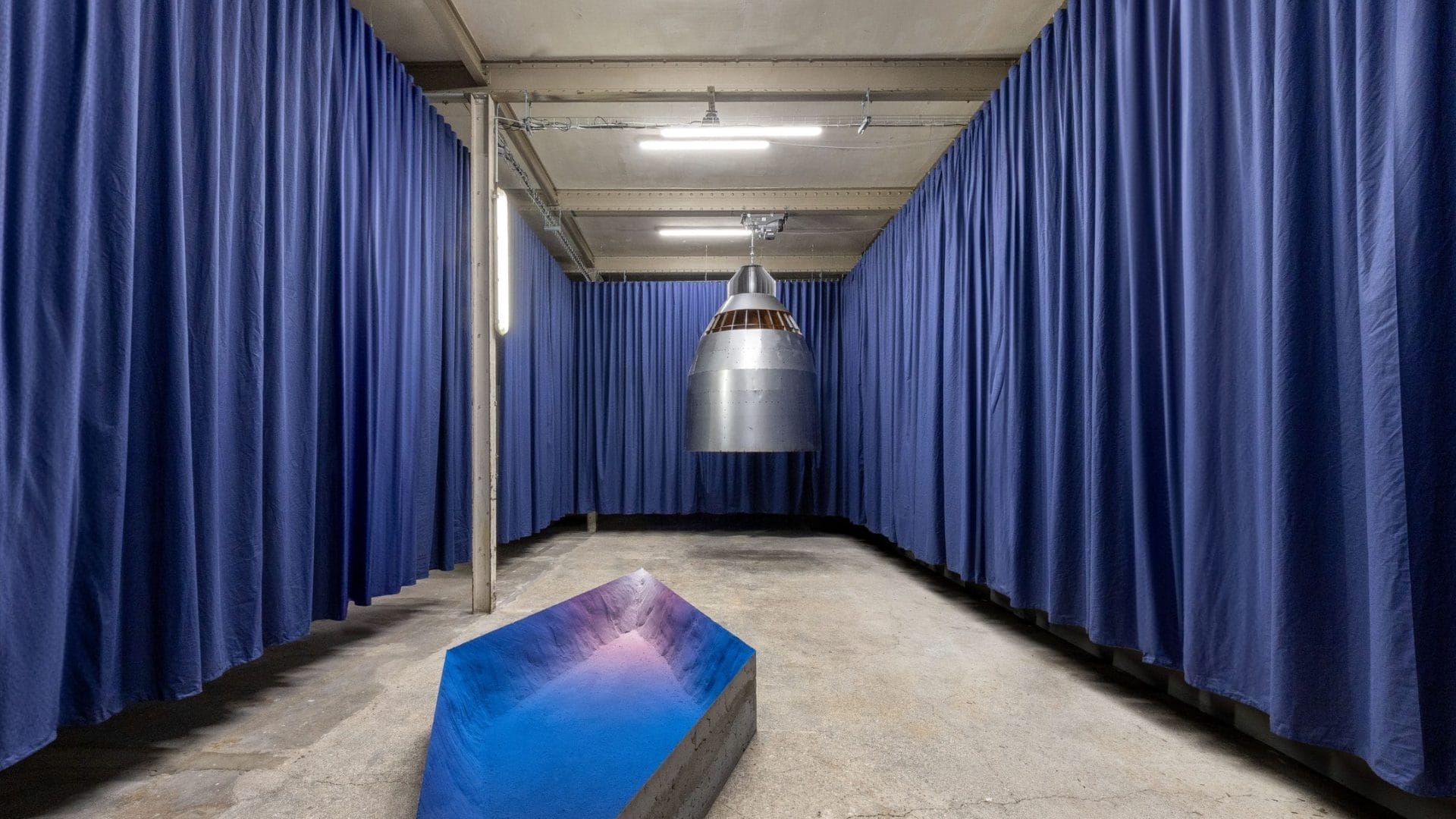
Banks Violette: the Paradoxical Beauty of Mortality
Art is a mirror to the mind of the artist, providing a complex reflection of thoughts, emotions, and the intricacies of their world view. Some artists, like Banks Violette, delve into the profound depths of dark aesthetics, creating captivating pieces that leave audiences engrossed, unnerved, and amazed all at once.
Born in 1973, Banks Violette is a New York-based artist recognized for his thought-provoking sculptures, installations, and drawings that draw heavily from the realms of death metal, goth subculture, and mythological symbolism. His works are remarkable in the way they use the shadowy side of life to shed light on the human condition.
In his body of work, Violette demonstrates a masterful manipulation of materials like salt, resin, and steel. His artwork often adopts motifs of death and destruction, presenting them in painstaking detail. The essence of his art lies not in its morbid facades, but in the deep-rooted implications and the paradoxical beauty of mortality it explores.
His career got significant traction in the early 2000s, with major exhibitions at renowned venues such as the Whitney Museum of American Art in New York and the Kunsthalle Basel in Switzerland. It was here that Violette’s profound capacity to capture the human fascination with darkness and decay truly shone.
One of his most noted works, “Not Yet Titled” (2005), displayed at the Whitney Museum, depicted a meticulous recreation of a burned-out church. Violette utilized glossy black resin and salt to symbolize the destructive aftermath, yet, paradoxically, the piece emanated an intense beauty. It was a perfect exemplar of his thematic focus – exploring the duality of life and death, beauty and decay, creation and destruction.
Yet, despite the unsettling theme, the stark contrast between the glossy black resin and crystalline salt textures creates a visually striking scene that’s both aesthetically pleasing and thought-provoking. The light reflecting off the surfaces lends a spectral, almost ethereal quality to the piece, evoking a sense of awe amidst the harsh reality it represents.
In his piece “Untitled (Church Floor)” (2005-2006), he explored the idea of sacred spaces and their desecration. Using salt to replicate a scorched wooden floor, he created a piece that appears at once as an object of reverence and a symbol of violation. The use of salt, with its purifying connotations, served as a stark contrast to the image of desecration, demonstrating Violette’s deftness at playing with contradictory elements.
His works on paper are rife with narratives that hint at grim and solemn realities, yet they differ from his three-dimensional pieces, embodying a subtler and less overt representation of these themes.

Violette’s preferred medium for these compositions is graphite on paper. This traditional choice of materials, starkly different from the high-gloss resins and salts of his sculptural works, opens a fresh visual and conceptual avenue for the artist to tread. The subdued and monochromatic aesthetics of graphite render his drawings more restrained in their visual impact, yet they maintain a powerful presence that demands contemplation.
This choice of medium in itself introduces an intriguing paradox. Graphite, an unassuming and relatively modest material, is employed to depict the macabre and profound subjects that have become Violette’s signature. There’s an intriguing interplay of opposites – the simplicity of the medium juxtaposed with the complexity of the themes, the benign nature of graphite contrasts with the violent and destructive realities it illustrates.
The grayscale palette that Violette embraces in these drawings further enhances the overall mood of melancholy and somber introspection. The lack of color, combined with the subtle gradations of light and dark achievable through graphite, allows him to create an atmosphere of quiet despair and unease. This lack of flamboyance provides a more intimate experience for the viewer, as it invites them to lean in closer, to engage deeply with the work, and to navigate the hidden crevices of the human psyche that Violette so artfully reveals.

Night Time Story
NIGHTTIMESTORY is a decentralized and online project that aims to be a platform for show a wide range of contemporary art forms, including visual art, videoart, conceptual art theory, NFTs, and critique.
You may also like
Jasper Rouwen, friends are forever at Spudworks, Lymington
“friends are forever” by Jasper Rouwen, curated by Nanna Egelund, at Spudworks, Lymingto
“Beyond Our Bodies Our Beings Extend” at Pilot Gallery, Riga
“Beyond Our Bodies Our Beings Extend” by Sofia Lùndari, MARIA, Natasha Viosna Moody, Ha
Marlon de Azambuja, Ángela Jiménez Durán, The Origin of Everything Strange, Chapter 1: The Arrival at POUSH, Aubervilliers
The Origin of Everything Strange, Chapter 1: The Arrival by Marlon de Azambuja and Ángela Jiménez




